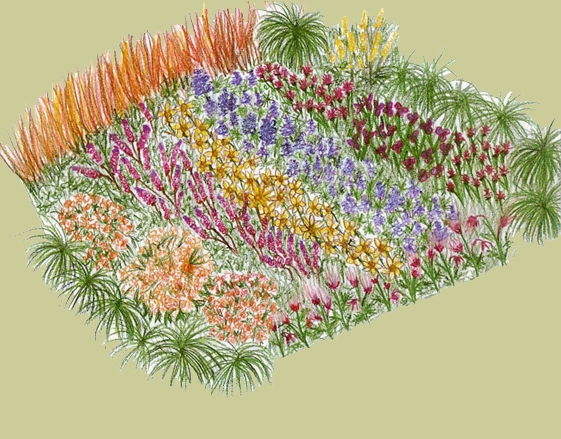Transform Your Yard with Prairie Planting: A Guide to Naturalizing Your Landscape
Creating a prairie planting in your yard can add a beautiful and low-maintenance touch to your landscape. Follow this guide to achieve a natural look that will attract pollinators and minimize water usage.
Choose Native Plants
Selecting native plants that are well-adapted to the local climate and soil conditions is essential for a successful prairie planting. Look for species that are native to your region and that will thrive in your specific yard.
Plant in Groups
Create visual impact by planting the same species in groupings rather than scattering them throughout the yard. This will mimic the natural look of a prairie and create a cohesive landscape.
Mix in Grasses
Incorporating grasses into your prairie planting will add texture and movement to your yard. Choose a variety of grasses that will provide interest throughout the year, from spring blooms to fall seed heads.
Consider Height and Bloom Time
Plant a mix of species that vary in height and bloom time to create visual interest and ensure that there is always something in bloom throughout the season. This will attract pollinators and create a dynamic landscape.
Add Paths and Seating Areas
Create paths and seating areas within your prairie planting to allow you to enjoy your new landscape up close. Use natural materials like gravel or wood chips to blend in with the surrounding plants.
Maintain with Minimal Effort
Once established, a prairie planting requires minimal maintenance. Simply cut back dead foliage in the spring and remove any invasive species that may pop up. Enjoy your naturalized landscape for years to come.
